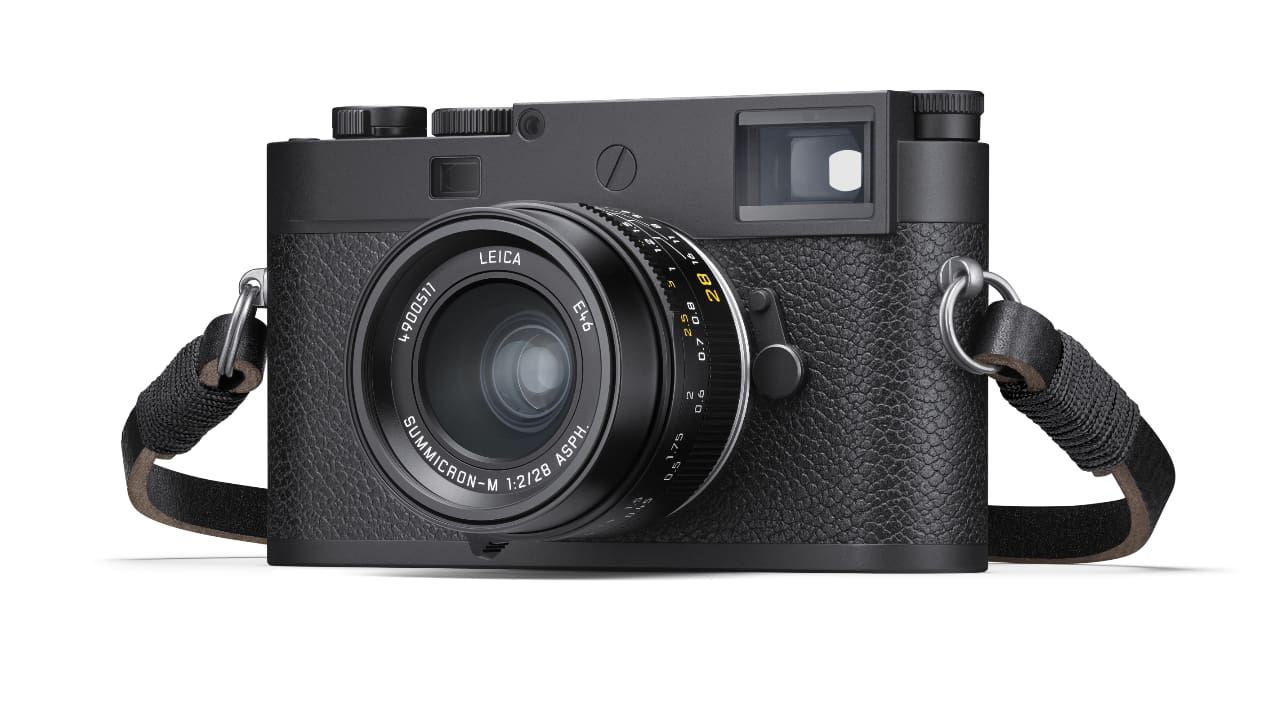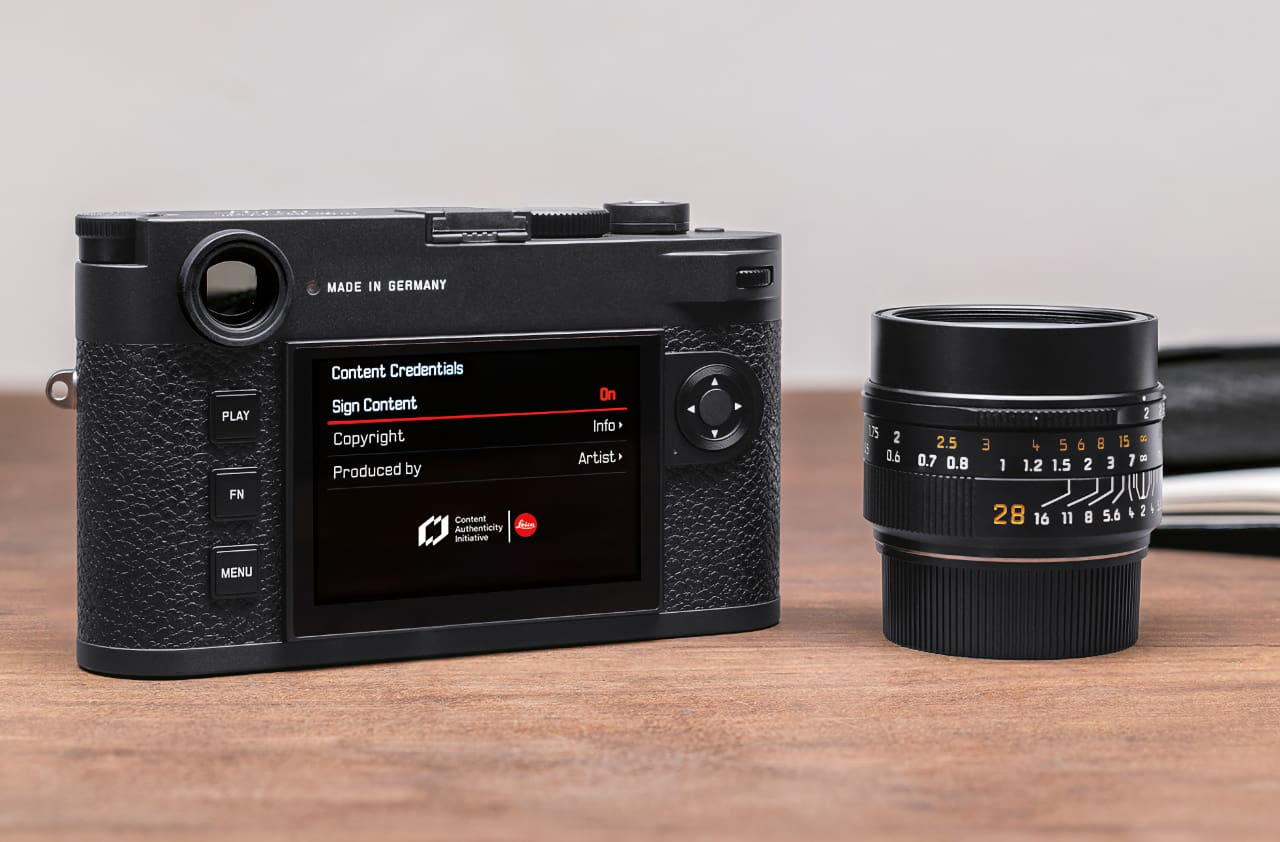
The just-announced Leica M11-P is the world’s first camera to store metadata by attaching Content Credentials at the point of capture to protect the authenticity of digital images.
The new Leica M11-P is interesting not so much because of the way that it lets you take photographs, but chiefly because it is the first camera to seamlessly integrate content authentication according to the Content Authenticity Initiative (CAI) and the C2PA standard. These are standards you might as well become familiar with, as we suspect you’ll be hearing them a lot in the future while companies try to work out how to protect content in an era of untrammeled AI chicanery.
We’ve been a while getting here. Adobe co-founded the Content Authenticity Initiative (CAI) in 2019 to tackle the problem of misinformation and to ensure that creators receive proper credit for their work. It now boasts a membership of nearly 2,000 organizations, including Leica Camera, AFP, the Associated Press, the BBC, Getty Images, Microsoft, Reuters, and The Wall Street Journal, among others.
A working camera using the CAI’s tech is a new whole thing, though, and moves the needle on the project substantially.
“This is a significant milestone for the Content Authenticity Initiative (CAI) and the future of photojournalism: It will usher in a powerful new way for photojournalists and creatives to combat misinformation and bring authenticity to their work and consumers, while pioneering widespread adoption of Content Credentials,” reckons the CAI itself.
Just to recap: Content Credentials are usually described as ‘a digital nutrition label’. With Content Credentials, each Leica M11-P image captured receives a digital signature backed by a CAI-compliant certificate. The authenticity of images can be easily verified at any time by anyone downstream of the photo being taken using a freely available, open-source CAI tool or by visiting https://contentcredentials.org/verify.

When the "Leica Content Credentials" function is activated in the camera menu, the Content Credential logo is visible in the display and every image taken by the Leica M11-P is reliably signed using a special algorithm. The image thus receives an unalterable and verifiable proof of camera model, manufacturer, and image attributes. The authenticity of these certificates can be verified and examined by means of free CAI open-source tools at any time. They prove whether an image is available in the original or in an edited version, and in the latter case, they provide insight into the history of the content changes. This means that photographers can demonstrate the authenticity of their pictures from the moment they are taken to the time they are published.
We’re not sure what to make of the deliberate omission of the red Leica dot on the camera front, which Leica says allows for even more discreet photographing. Instead, a subtle Leica lettering is engraved on the top plate, which certainly helps announce the difference in this camera for those in the know. Either way, this plate and the bottom cover are milled from aluminum in the matte black Leica M11-P and from brass blocks in the silver chrome camera version.
As for the camera itself, Leica says its 60 MP BSI CMOS sensor and Triple Resolution Technology, as well as the high-performance Maestro-III processor, combines state-of-the-art camera technology with a maximum of flexibility. It’s also got a hefty 256GB of internal memory. Full tech specs are here.
A black and a silver version of the Leica M11-P will be available globally at all Leica Stores, the Leica Online Store and authorized dealers starting as of. Retail price is $9195. So, it's high-end now, but expect this tech to start to appear on lower price units soon...
Tags: Production Cameras


Comments